1. Uncle Sam: A Mysterious Mascot for Patriotism
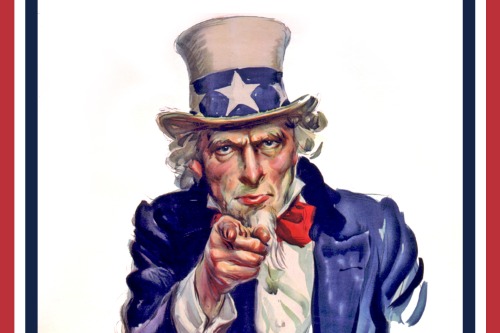
Ever wondered who Uncle Sam really is? Legend has it he’s based on a real man, Samuel Wilson, who supplied meat to soldiers during the War of 1812. He’s become an embodiment of American government and patriotism, even though his iconic image—a stern face and star-spangled hat—was largely crafted during World War I. Uncle Sam urges citizens to take pride and participate, but his exact origins remain a bit shadowy.
2. Thanksgiving Turkey: A Feast of Gratitude and History

Thanksgiving dinner wouldn’t be complete without the turkey, a bird now deeply tied to gratitude and family gatherings. The symbol of the turkey is rooted in both history and legend, though the actual Pilgrim feast probably looked quite different. Today, it’s a tradition-rich symbol for many families and represents coming together over shared history.
3. Mount Rushmore: Carved Giants of Democracy
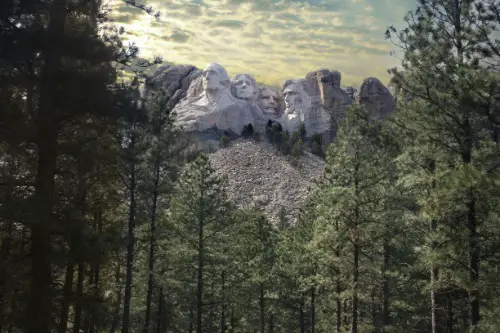
The massive presidential faces on Mount Rushmore are carved into South Dakota’s Black Hills, representing four influential presidents and the country’s ideals of freedom and progress. Yet, the mountain was sacred land for Native American tribes, making it a complex symbol—one that showcases American ambition but also stirs discussions on respect for Indigenous history.
4. The Bald Eagle: Fierce, Free, and … Kind of Rare?
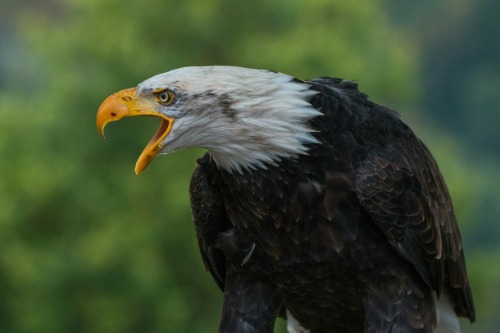
The bald eagle might just be America’s most iconic symbol. But why? Since 1782, this bird has represented strength and freedom for Americans, as it soars high above the landscape. Strangely enough, bald eagles were once endangered, making their symbolic status even more precious. For many, this eagle stands for resilience—its comeback from near extinction is as American as its image.
5. Apple Pie: As American as a Melting Pot
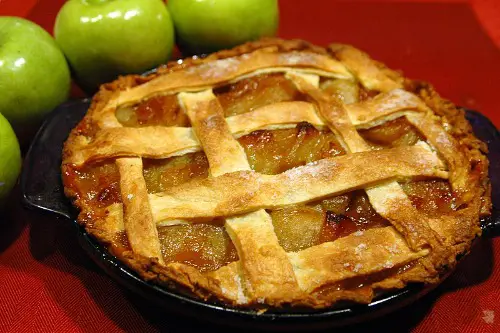
“American as apple pie” is a phrase almost everyone has heard, but the dessert didn’t even originate in America! It was brought over by European settlers, and the U.S. made it its own, transforming apple pie into a sweet symbol of home and family. This pie, like the country itself, is a mix of cultural influences baked into something distinctly American.
6. The Cowboy Hat: Freedom and Frontier Spirit
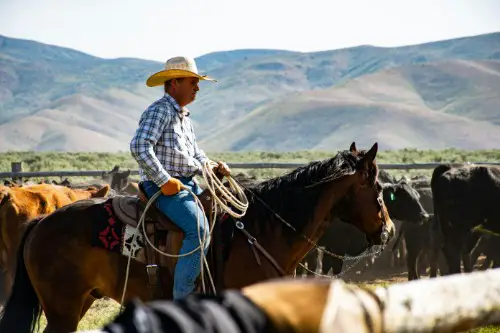
The cowboy hat is unmistakable, and its rugged look instantly recalls the American West. More than a hat, it represents independence, adventure, and freedom, values strongly linked to the idea of “the frontier.” Cowboys may be less common today, but the hat remains a symbol of that wild and open spirit that built America.
7. The American Flag: Stars, Stripes, and Lots of Rules
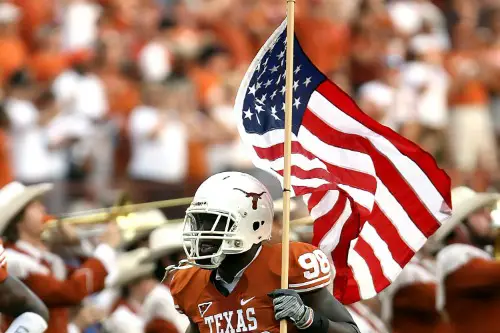
The American flag is everywhere in the U.S., from classrooms to porches. Its stars and stripes stand for the states and the original 13 colonies, respectively. But did you know it’s governed by an entire code? The “Flag Code” dictates proper display, like never letting it touch the ground and burning it respectfully when worn out. The reverence surrounding the flag reflects deep-rooted ideals of unity and respect.
8. The White Picket Fence: American Dream or Cultural Myth?

Few things are as stereotypically “American” as a white picket fence. It stands for the ideal of home ownership, family life, and prosperity—essential parts of the American Dream. But to some, it’s also a reminder of cultural conformity, where individualism is set aside for the “perfect” life. Whether aspirational or outdated, it’s an unmistakable marker of American culture.
9. Baseball: The National Pastime’s Heartstrings

Baseball might not be the flashiest sport today, but it’s deeply woven into America’s cultural fabric. Known as the national pastime, baseball represents nostalgia, patience, and community. It conjures images of summer days, family outings, and a simpler time. While other sports have gained popularity, baseball remains a cultural touchstone.
10. Jazz Music: Improvisation and Breaking Barriers
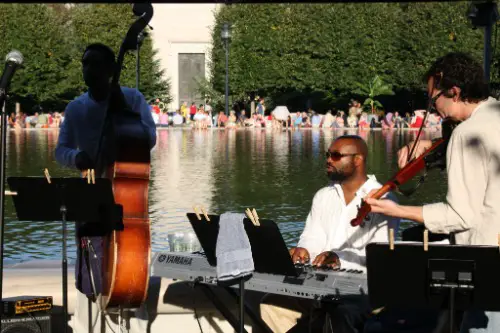
Jazz originated in the African American communities of New Orleans and has since become a uniquely American genre celebrated worldwide. Jazz represents creativity, resilience, and the blending of cultures—both African and European. Its free-flowing style reflects a spirit of improvisation and individual expression, values highly regarded in American culture.
11. Fast Food Chains: A Symbol of Convenience and Global Influence

From McDonald’s to Taco Bell, fast food represents American culture’s influence worldwide. Fast food became popular as American life became busier, offering a quick and affordable dining solution. For better or worse, fast food’s spread globally has symbolized America’s reach and impact on daily life across borders.
12. The Statue of Liberty: Welcoming Light and Immigrant Dreams
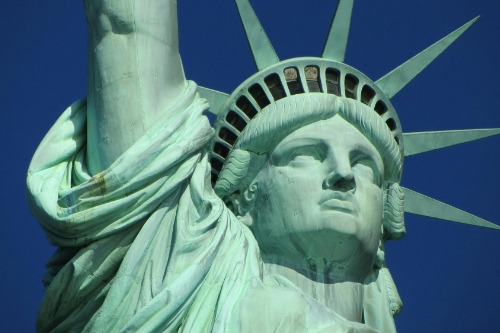
The Statue of Liberty is one of America’s best-known symbols of freedom and hope, gifted by France in 1886. She represents democracy, acceptance, and the pursuit of opportunity. For many immigrants, she was the first sight of America—a promise of safety and possibility. Lady Liberty has become a lasting emblem of welcome.
13. The Dollar Bill: Icons, Hidden Messages, and Mystique
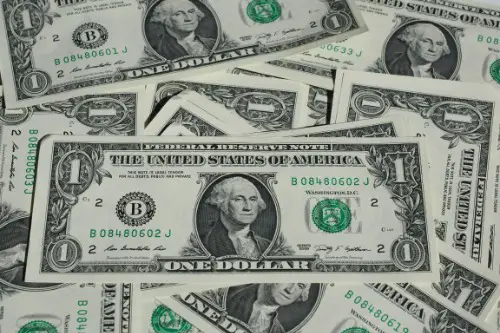
The U.S. dollar bill is filled with strange symbols, from the eye above the pyramid to Latin phrases like “E Pluribus Unum.” These were chosen to represent America’s unity, strength, and history. The dollar itself is a potent symbol of economic power, but its hidden messages have sparked countless theories and legends.
14. Fireworks on the Fourth of July: Loud, Proud, and Celebratory
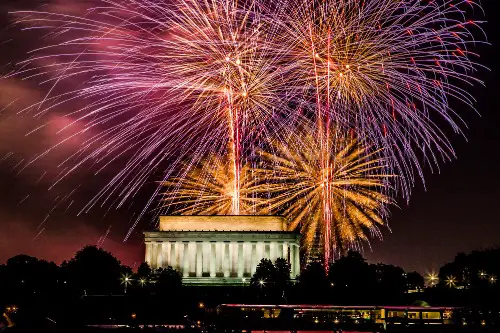
What’s more American than a Fourth of July firework show? Fireworks celebrate Independence Day with a bang, literally. The loud bursts and vivid lights represent the energy of American independence and are a reminder of the country’s unique origin story. This tradition lights up the night sky every July, honoring freedom and a spirited love of celebration.


